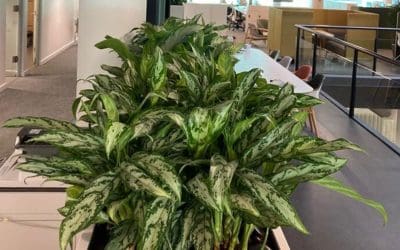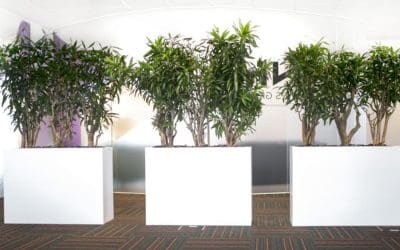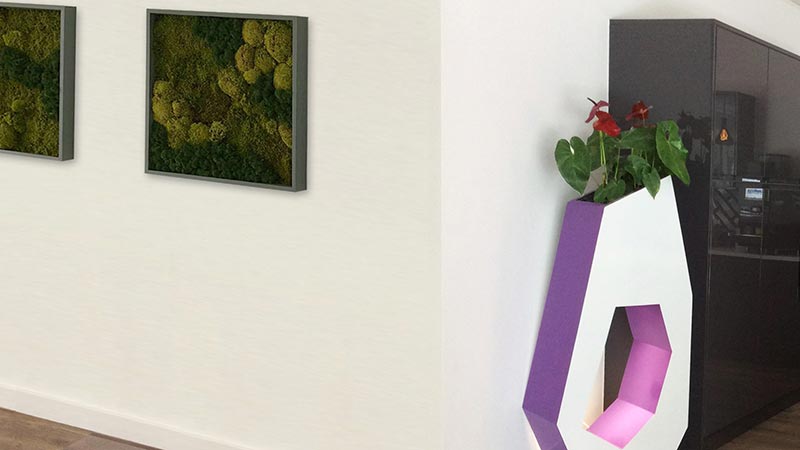Some people spend hours and hundreds, if not thousands of pounds ridding their gardens and roofs of lumpy carpets and damp thickets that invade every surface, nook and cranny. Yet others actively encourage it into their space, even cultivating their gardens around it!
The Japanese, for example, consider moss to bring a sense of peace, calm and stillness to outdoor spaces and use it to make features appear more aged. An example on a sometimes-miniature scale is its use in Bonsai trees. Moss is not only used to cover and protect the soil, helping with water retention, but is used to enhance the aged appearance of a tree. Bonsai take many years to cultivate, with precision and delicate care, and moss only brings more beautiful, subtle whimsy and a sense of ancient wisdom to a display.
If you take a look at more modern building techniques, particularly those that have a big focus on sustainability, there is a boom in demand for greenery in design; especially moss roofing and walls. The use of moss to absorb and filter extra water, add insulation and as an aid to lowering urban air temperatures goes hand in hand with creating a more aesthetically pleasing scene, more wildlife habitat and generally creating a sense of calm in busy, hectic areas.
But why moss?
The use of moss is nothing new. In fact, we have been using different mosses for ALL KINDS of diverse things for centuries, even millennia.
Moss as an insulation in housing and even bedding and clothing is used by tribes in the Polar Regions, as well as food for their reindeer herds and even themselves- check out Otzi the Iceman, whose shoes were packed with moss to insulate his feet!
Moss is super absorbent, and also acts as a natural filter. It’s been used in nappies, wound dressings, period products and to help clean and protect food. In both WW1 and WW2 it was used to treat and pack injuries on the battlefield if supplies were scarce or a medic wasn’t available, as it also has antibacterial benefits, in the last hopes to stop injuries from becoming septic.
Peat moss has a multitude of uses as well as being able to absorb up to 20 times its own weight in liquid, and inhibit microbial growth, it is also used as a fuel, as an additive for horticultural soil, and as a smoking medium when making Scotch Whisky.
That peaty smell/ flavour? It’s actually a peaty smell and flavour!
Historically, a ‘Mosser’ was someone who put moss around tiles or slates in a roof to plug gaps, and in Scotland it refers to a person who cuts peat moss.
Whilst I may not be able to encourage you to refrain from removing it from your lawn, or your roof, I hope I’ve given you some food for thought about this amazing ancient plant… and if nothing else, I gift you one last fact.
Moss contains a special chemical that helps reindeer keep their blood warm, almost like an anti-freeze. So, if it wasn’t for moss, Santa’s journey may look very different.
So, from Whisky to Santa, moss really is marvellous.






